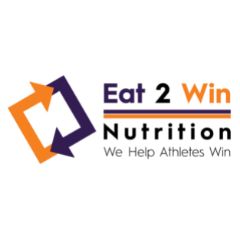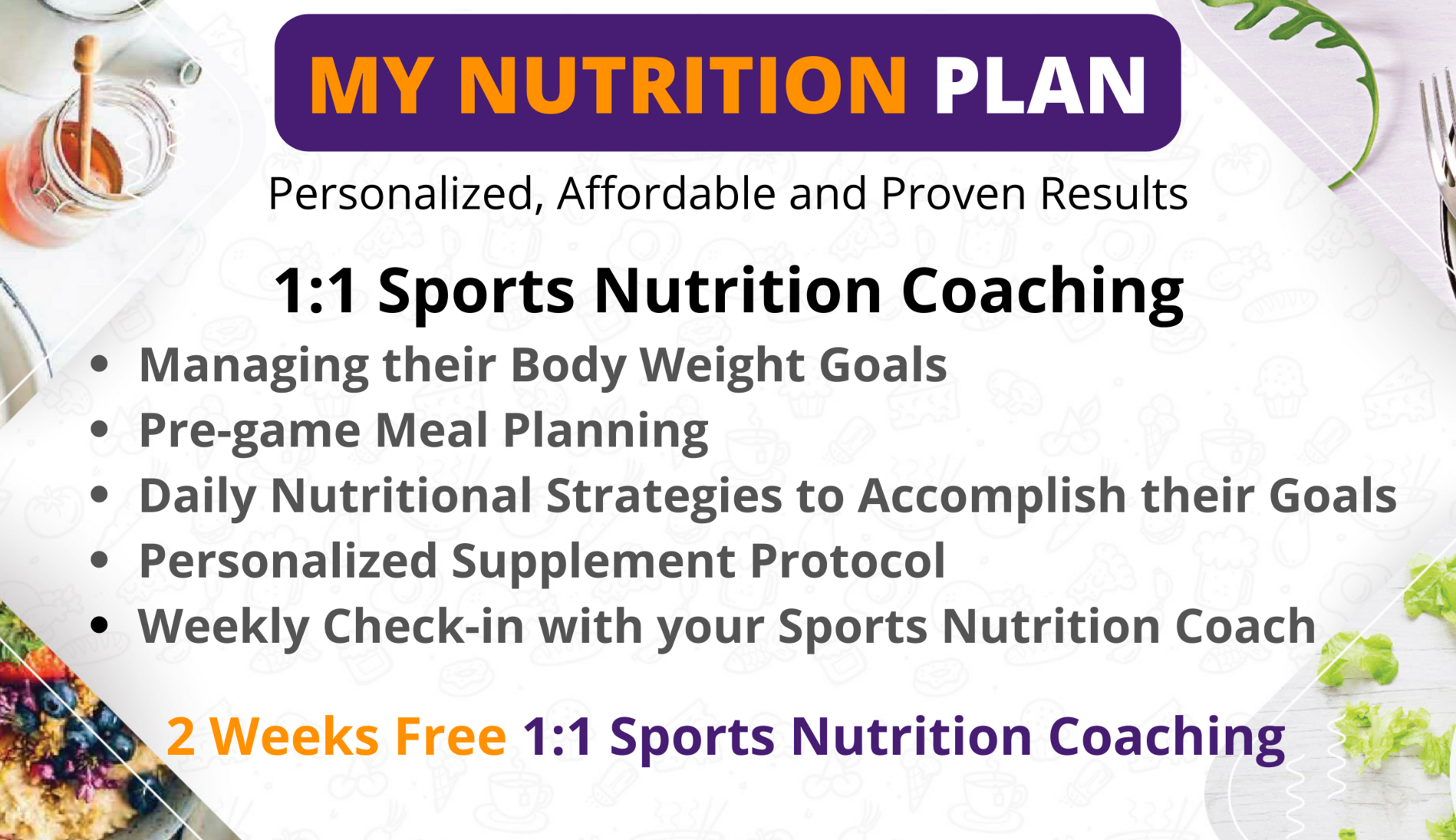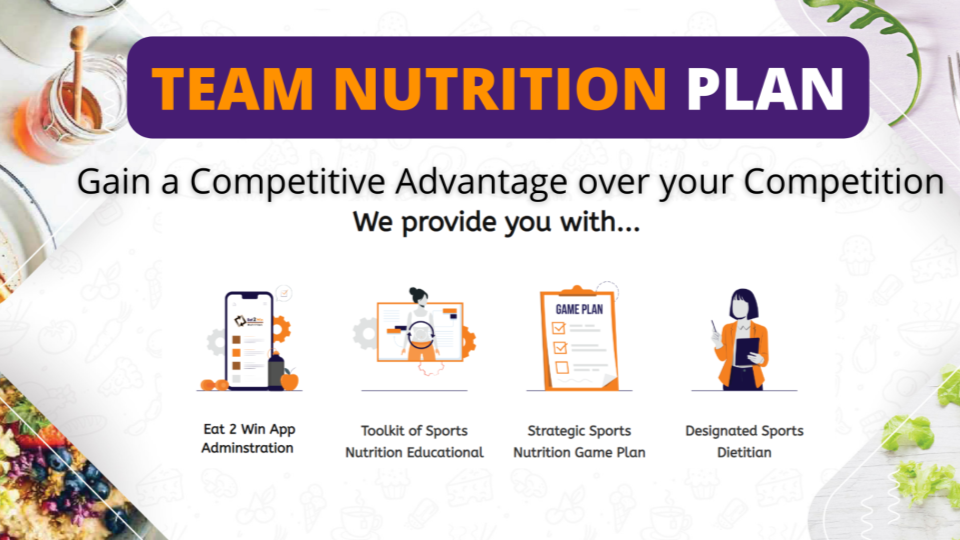Making an Impact with Wrestlers
Next Level Podcast with Host Tavis Piattoly, MS, RD, LD
Clint Wattenberg, MS, RD, CSCS
Proud Cornell University alumnus, a 2 x All-American for the Big Red, an assistant Cornell wrestling coach and a USA Freestyle National Team member.
In this episode of the Next Level Podcast, Tavis Piattoly, MS, RD, LDN interviews Clint Wattenberg, MS, RD, CSCS about using sports nutrition to facilitate optimal performance in wrestling. Some topics covered are the challenges of the wrestler's diet, making weight, and safe weight cutting for wrestling. Clint Wattenberg, MS, RD, CSCS I am a life-long wrestler, a proud Cornell University alumnus, a 2 x All-American for the Big Red, an assistant Cornell wrestling coach and a USA Freestyle National Team member. My involvement in the sport continues to this day as I club coach for the Finger Lakes Wrestling Club, working with wrestlers ranging from youth, high school, college, and even Olympic levels on wrestling skill, tactics, nutrition, and strength training. I am also proud to be very involved in the growth of the sport through the grassroots youth wrestling organization known as NYWAY (New York Wrestling Association for Youth).
I serve as the Coordinator of Sports Nutrition for Cornell University Athletics, and help support all 36 sports teams on Cornell’s campus. I work especially close with the Cornell Wrestling team, which has achieved national prominence over the past several years. I work intimately with wrestlers on weight loss, weight gain, weight cutting challenges as well as the plethora of other areas of performance nutrition.
It is difficult for me to pinpoint the exact inception of my passion for sports nutrition, but I remember being intrigued as a youth wrestler and cross county runner by the challenges of effectively fueling while competing back home in Chico, CA.
It was my time here at Cornell and my personal weight management struggles that really shaped my passion. As a Big Red wrestler, I competed at the 165-pound weight class for three seasons. As is the case with many wrestlers, my weight class became my identity but after having grown significantly (from ~170lbs to ~190lbs), I had outgrown my weight class by that third year. Unfortunately, I failed to recognize it until I was in the heat of the season; one that saw an unfortunately high level of focus on weight cutting, was riddled with injury and ended with me falling short of my goals. After some serious reflection and heavy lifting, I bumped up two weight classes all the way to 184-pounds for the following season. This of course presented an entirely new (and much more enjoyable) fueling challenge that included weight gain, strength gain and skill development to take on bigger and stronger competition. It was at this bigger weight class (184-pounds and then 84kgs/185lbs) that I achieved my greatest successes on the mats that includes becoming an NCAA All-American and USA Freestyle National Team member.
After college, I competed briefly in Mixed Martial Arts (MMA) and have consulted with several MMA fighters including Jon Jones and Anthony Leone on both sports nutrition and wrestling for MMA.
These experiences have grounded my knowledge in performance nutrition for wrestling as I have maintained this performance perspective for each and every step of my education. I have spent my career, both competitively and professionally, applying the science to the singular demands of a wrestler.
At Cornell, in addition to my role as a sports dietitian, I serve as a Specialty Nutritionist (Dietitian) for the Cornell Healthy Eating Program (CHEP); the CHEP program is a multidisciplinary effort to help students fuel themselves effectively to support their academics, athletics and wellness with special focus on disordered eating. In this role I work with a broad spectrum of sub-optimal fueling that ranges from student athletes struggling to adequately fuel their sport training (and incur an injury like a stress fractures) to students suffering from severe eating disorder requiring hospitalization. While the fields of sports nutrition and eating disorder nutrition counseling can be quite different, I am humbled by both roles and learn lessons every day that impact the perspective that I bring to my practice as a dietitian.
What you will learn in this episode:
1. When did you discover you had a love for wrestling?
2. A lot has changed in the last 10-15 years in regards to the issues with weight loss, body fat, and hydration guidelines for Wrestlers. Can you discuss what happened to put more strict guidelines in place?
3. Even with the new guidelines, there can be some challenges wrestlers face regarding their diet that may negatively impact their performance. What are some of those challenges?
4. What are 2-3 nutrition principles you feel are critical for all wrestlers to implement in their fueling plan that could elevate their performance?
5. What should the composition of a wrestler’s diet look like?
6. Are there different needs in-season vs. off-season?
7. Weight cutting seems to be a common practice amongst wrestlers and if not done correctly, could be dangerous. What are negative outcomes if a wrestler doesn’t cut weight safely? Could we see a loss of muscle and strength?
8. What are some safe nutritional strategies you teach your athletes on how to cut weight safely?
9. Hydration is another important aspect to include in a wrestler’s nutrition plan. Especially during the weight cutting phase, very little fluids may be consumed. How do you educate your athletes about hydration?
10. What type of fluids do you recommend?
11. The morning after a weigh in most wrestlers are starving, especially those who have been restricting calories to cut weight. What type of foods do you recommend?
12. With the desire to cut weight or build muscle comes the potential to want to use dietary supplements. Are there any commonly used supplements by wrestlers? Are there any you recommend that may improve performance or recovery? Are there any that can be potentially dangerous?
13. You were an All American Wrestler while at Cornell. You were studying nutrition at the time so do you feel you had an advantage over your opponents or were you also struggling to fuel correctly?
14. You just completed a great eBook on Performance Nutrition for Wrestlers “A Practical Handbook to Mastering the Sports Complex Nutrition Puzzle” Let’s talk about that for a second. Why did you want to create this (i.e. needed something specific for young athletes)?
15. What are some of the topics that you discuss in the Ebook?
16. Where can our listeners purchase your eBook?
Podcast Transcript
0:00 Opening remarks by Tavis Piattoly and introduction to Clint Wattenberg
3:44 When did you discover you had a love for wrestling?
- Some of Clint’s earliest memories were in the gym because his dad ran the police athletic boxing club. When Clint was younger he begged his parents to let him box and by the time he was 5 he was fully immersed in boxing.
- Unfortunately, shortly after he started an oversight agency said children should not engage in boxing as a sport until at least 10 years of age. Therefore, Clint stepped away and instead began wrestling. After that he fell in love with the sport.
8:52 What should the composition of a wrestler’s diet look like?
- Good nutrition is not cookie cutter and is very individualized. Off-season is more general sports nutrition (fueling training and recovery - good wholesome nutrition).
- The pre-season is where weight management comes in, working to drop or gain weight should occur in a systematic way. To be in a caloric deficit all season long is not good and can lead to injuries.
- In-season goals are to maintain weight, maintain lean body mass, while setting yourself up for a safe and effective weight cut to be able to perform.
- Performing on the mat is ultimately what matters the most.
11:22 A lot has changed in the last 10-15 years in regards to the issues with weight loss, body fat, and hydration guidelines for Wrestlers. Can you discuss what happened to put more strict guidelines in place for the sport?
- In 1997, 3 college wrestlers passed away due to their weight cutting practices. There were not very many rules in place. Thankfully, several organizations came together and put together various limitations to make the sport safer.
- Weight certification process where the athlete must certify that they are appropriately hydrated in their weight class. In addition, they moved the weigh-ins to immediately before competition which limits how much weight can be cut and still be effective on the mat.
13:46 Even with the new guidelines, there can be some challenges wrestlers face regarding their diet that may negatively impact their performance. What are some of those challenges?
- Weigh-ins being immediately before competition really deters athletes from any extreme measures. However, some challenges can include: dehydration, stomach/GI upset, muscle cramping and fatigue or inability to recover due to weight cutting practices. Lastly, inadequate fuel and hydration really impacts metal focus. This mental error is often what contributes to losses on the mat.
15:36 What are 2-3 nutrition principles you feel are critical for all wrestlers to implement in their fueling plan that could elevate their performance?
- Having a focus on your performance nutrition is the number one thing. Have purpose with training and nutrition.
- Beyond this the keys are balance and consistency
- Balancing the day and consistency between days (not being extreme with fueling, being consistent)
- Hydration is more critical in wrestling than any other sport because of the need to make weight
17:29 Weight cutting seems to be a common practice amongst wrestlers and if not done correctly, could be dangerous. What are negative outcomes if a wrestler doesn’t cut weight safely? Could we see a loss of muscle and strength?
- Beyond a shadow of a doubt that is one of the first things we will see. However, thankfully, with the current system really extreme outcomes are much less likely.
- If the body is chronically in a deficit, metabolism slows down and the body cannot work on other projects such as muscle building, bone rebuilding, and glycogen restoration. In addition, the immune system is suppressed which leads to infection.
- Overtraining syndrome is burnout and this is seen in many sports. This happens when people train too hard and fuel is not in line.
20:25 What are some safe nutritional strategies you teach your athletes on how to cut weight?
- Clint’s definition of weight cutting is widely different from many other peoples. For me, it is about shifting food and fluid for a short period of time with the goal of competing at or near the same weight that you trained at.
- We are redistributing less necessary food and fluid off our body for a temporary period of time
22:09 Hydration is another important aspect to include in a wrestler’s nutrition plan. Especially during the weight cutting phase, very little fluids may be consumed. How do you educate your athletes about hydration?
- Hydration is critical for us to get nutrients in and toxins out. We want to keep fluid moving through our bodies at a rapid rate. If you are maximally hydrated, you are not at a disadvantage because the water exits via urine. It is critical to limit water very temporarily.
24:58 What type of fluids do you recommend?
- Throughout the week, water is critical. Post workout we are looking for something for recovery such as a recovery shake or chocolate milk.
- Post weigh-ins we are looking for a sodium containing beverage to fuel performance.
26:55 The morning after a weigh in most wrestlers are starving, especially those who have been restricting calories to cut weight. What type of foods/fluids do you recommend?
- Step 1 is to make the weight loss moderate, so it is not a binge. When there is a binge, performance is temporary. Once an athlete makes weight the key is rehydration and refueling. In the fluid, electrolytes should be present to help maintain the electrical conduction of the muscles. The other thing is to emphasize protein and carbohydrates to maximize recovery.
- The key ingredient however is complex carbohydrates and these will support the athlete throughout the day.
30:35 With the desire to cut weight or build muscle comes the potential to want to use dietary supplements. Are there any commonly used supplements by wrestlers? Are there any you recommend that may improve performance or recovery? Are there any that can be potentially dangerous?
- The first would be using regular food as a sport food, such as goldfish. Goldfish are starchy and contain sodium, which can help maintain performance.
- Multivitamin, omega-3s, and vitamin C can all be part of a good foundation and can be used to fill in some of the gaps
- Ergogenic aids are where things get dicey. To be safe, athletes should be checking for 3rd party testing.
- Anything that says it is going to affect metabolism is an immediate red flag.
35:19 You just completed a great eBook on Performance Nutrition for Wrestlers “A Practical Handbook to Mastering the Sports Complex Nutrition Puzzle” why did you want to create this?
- Clint’s struggles are what shaped his perspective as a professional. Clint spent a lot of time thinking, “I wish I knew that” so his goal as a professional is to support athletes in improving their relationship with food. Clint wants to empower parents, coaches, ATs, coaches to help athletes.
36:05 What are some of the topics that you discuss in the Ebook?
- In the e-book we dig into all 3 segments of the season (pre, in, and post). Including weight maintenance, strategies for weight cutting to limit impact on metabolism.
38:07 Where can our listeners purchase your eBook?
- Everything is available at mywrestlingnutrition.com
38:35 Closing Remarks by Tavis Piattoly
Download Infographic









Facebook comments